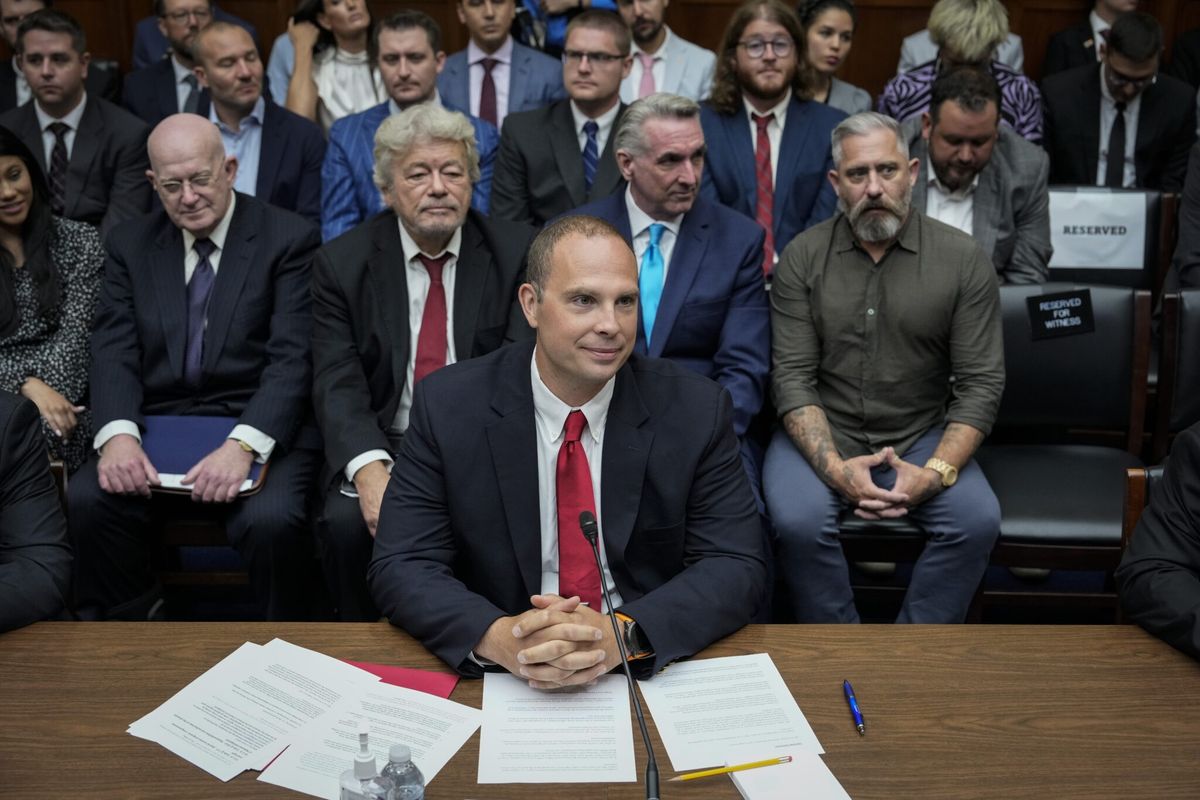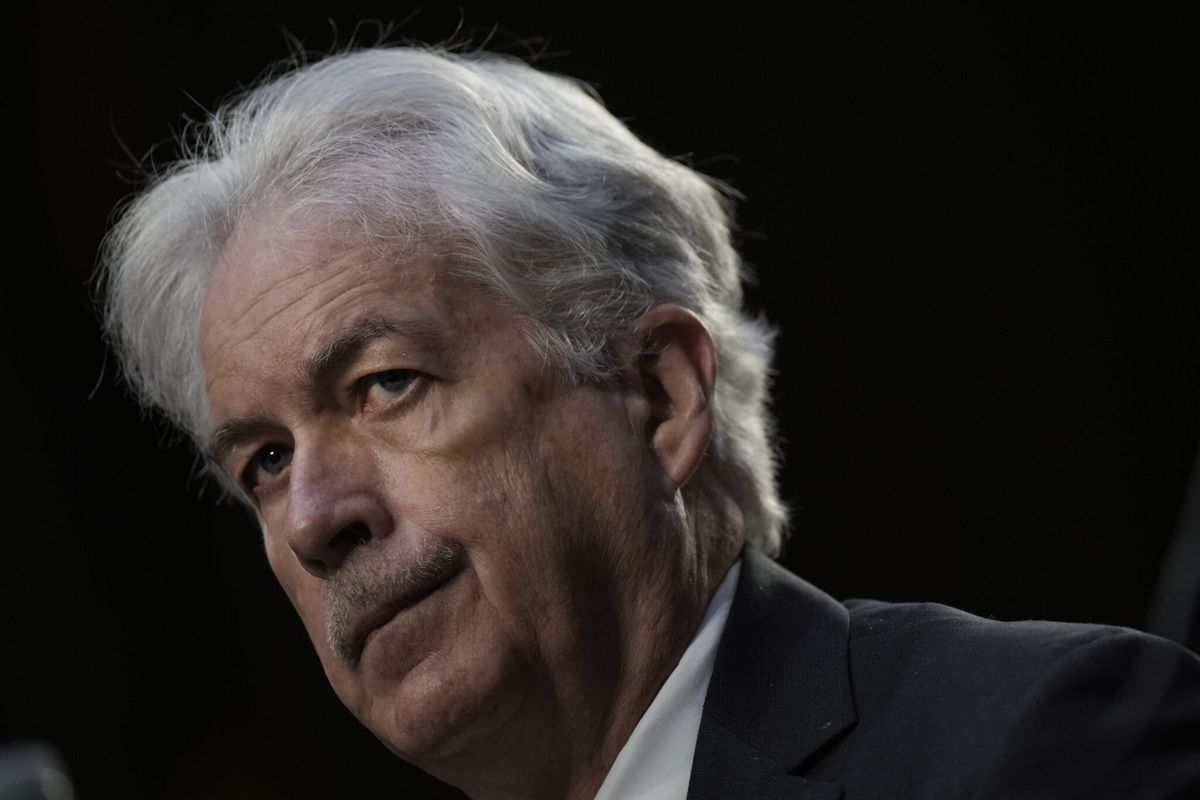CIPHER BRIEF REPORTING (KYIV) – After a near constant barrage of Russian missile attacks targeting Kyiv over the past several weeks, a wave of drones recently targeted Moscow, bringing the war effort to the Russian capital in earnest for the very first time. While Kyiv has officially denied involvement, Ukrainian leaders have been quick to hail the impact of drones in this conflict.
“The goal of an army of drones is truly ambitious,” President Zelensky said in a recent statement, outlining a move to expand his country’s unmanned reconnaissance and attacking capabilities. “It seems to me that it is of the utmost importance."
Both Ukraine and Russia have employed commercial drones to supplant traditional weaponry. But Ukraine recently doubled down after its parliament voted late last month on a pair of bills to exempt domestic drone manufacturers from customs duties and value-added tax. The two bills – apparent bids to prop up an industry that Zelensky has identified as crucial to Ukraine’s national defense – received zero dissenting votes.
Such efforts have also been supported by international fundraising campaigns, lending newfound resources to an outcrop of informal in-country networks.
“It may be small companies like garage start-ups ,” said Vitaly Kolesnichenko, founder of Ukrainian drone developer Airlogix. “But they are real and want to be useful to the government.”
Following Russia's invasion of Ukraine last year, the early days of the war saw consumer models by the world’s largest drone maker, DJI, on the battlefield. The Chinese firm, which the Pentagon later blacklisted in 2022 over its alleged ties to the Chinese military, produced drones that showed up on the frontlines, and were often locally rigged with cameras and at times even grenades. But the Ukrainian government has more recently pushed its local industry to develop more advanced crafts, with fresh emphasis on scrappy homegrown producers of the unmanned technology.
The Ministries of Defense and Digital Transformation — a tech and innovation-focused agency — are already busy streamlining the process.
Looking for a way to get ahead of the week in cyber and tech? Sign up for the Cyber Initiatives Group Sunday newsletter to quickly get up to speed on the biggest cyber and tech headlines and be ready for the week ahead. Sign up today.
Oleksiy Reznikov, the Minister of Defense, recently announced substantive cuts in red tape for would-be government contractors, while also redirecting funding toward training drone operators and testing regimes for the UAVs themselves.
At the end of March, Reznikov said that the ministry was contracting with more than 80 Ukrainian drone-makers, a sizeable increase from the 16 he reported in January.
The agencies, officials say, are effectively deputizing drone start-ups, while some makers predate the full-scale invasion and have “made a pivot,” said Kolesnichenko, the founder of Airlogix, who said he was shopping around a non-military cargo prototype until Russia invaded.
“We just knew that we need to do something for our country, for our victory, for our guys on the frontline,” he added.
In a tidy but unmarked factory in the industrial outskirts of Kyiv, Airlogix has since ramped up its production of surveillance drones to 10 per month. Upon entry, its factory floor is a hive of activity, where lasers skitter across sheets of luan plywood. In an adjacent corner, topographical ridges are traced around the beginnings of a UAV tail fin.
Once finished, that section will be affixed to a composite Kevlar and carbon-fiber body. And that will – in turn – be outfitted out with Israeli or Chinese-made cameras, plus aerial wings, before the sky-blue and grain-yellow flag is stamped onto its body.
“Because of the demand right now, you won’t be able to cover the armed forces’ need,” said Kolesnichenko, who actually hopes to be producing 50 UAVs per month by the end of the year.
“It’s such high demand,” he added.
Meanwhile, workers at the plant say they have at times, also doubled as front-line fighters and volunteers.
“It’s really cool that Ukrainian developers can keep developing in the field of UAVs,” said one frontline fighter, who goes by the call-sign of Smerch, meaning “Tornado,” and who asked that his full name not be published out of safety concerns.
Those connections to the frontline are sporadic, but can also prove advantageous for local drone-makers, who garner first-hand accounts as to what is effective on the battlefield, touting those experiences in their respective bids to win government contracts.
The Cipher Brief hosts expert-level briefings on national security issues for Subscriber+Members that help provide context around today’s national security issues and what they mean for business. Upgrade your status to Subscriber+ today.
Ukraine, meanwhile, has stringent export controls, which largely prevents military equipment from leaving the country — a classification broad enough to require technological goods writ large to require special permits from authorities. That means the market for those military-adjacent drone start-ups is, for the time, being reserved for largely just one purpose: the front.
On other side of that front, Russia, for its part, has also made extensive use of war drones, and yet has also been widely viewed as less speedy in its employ of commercial unmanned vehicles.
Facing a phalanx of sanctions, “the Russian military and industrial complex [has been reluctant] to accept the role of commercial drones [and] producing them once their value became evident,” according to a recent report by the Center for Naval Analysis, a federally-funded nonprofit research center based in Arlington, Virginia.
Ukraine is also not immune to production problems. Getting parts to repair foreign models, officials say, has often proven difficult. Ukrainian drone-makers advertise solutions to that quandary as a key advantage over foreign makers, with repairs that can happen locally and within days, rather than weeks.
Still, despite recent government support, producers say they are also thinking about their companies’ post-war prospects, and whether military business will give way to non-military markets, such as transportation and agriculture.
Read more expert-driven national security news, analysis and opinion in The Cipher Brief because National Security is Everyone’s Business













